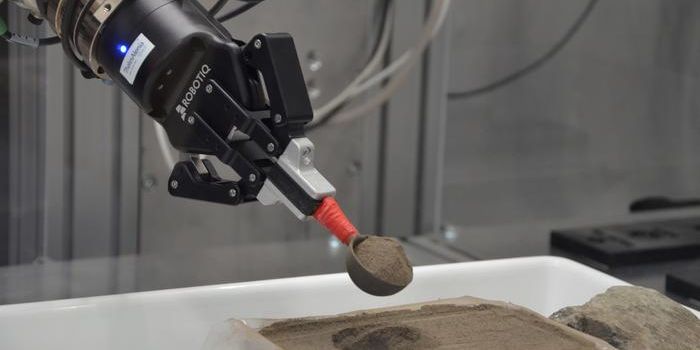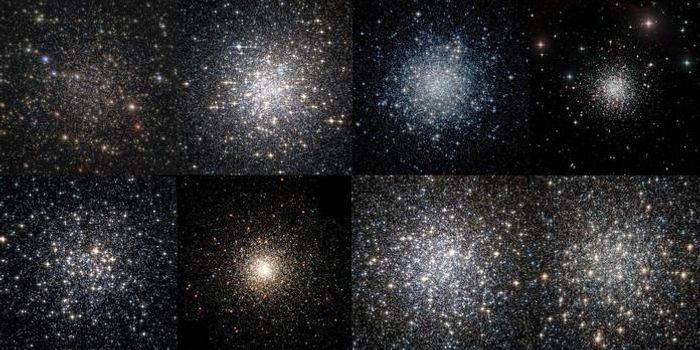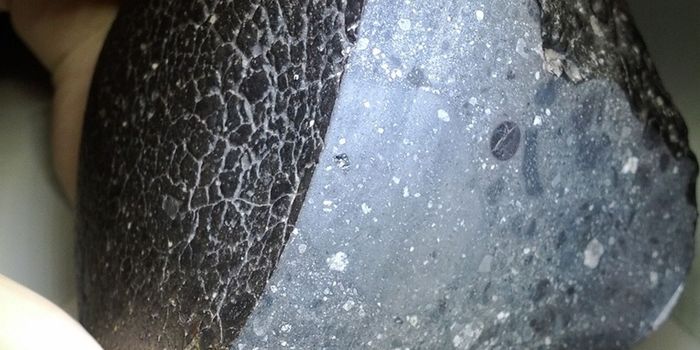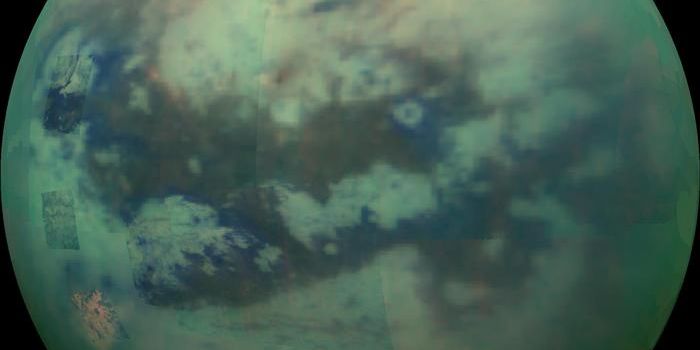Unlocking the Cosmos: The SETI Ellipsoid Approach to Technosignature Detection
Are we alone in the universe? This longstanding question is what the SETI (Search for Extraterrestrial Intelligence) Institute has been trying to answer for decades as its vast array of radio telescopes continues to scan the heavens for signs of intelligent life beyond Earth, also known as technsigatures. Now, a team of researchers led by the Berkeley SETI Research Center have developed the SETI Ellipsoid with the hope it will offer greater opportunities for identifying technsigatures from intelligent civilizations throughout the cosmos. These findings were recently published in The Astronomical Journal and hold the potential to help scientists better understand the necessary criterion for finding intelligent life beyond Earth.
For the study, the researchers began by hypothesizing that intelligent civilizations could use what’s known as a Schelling point (more commonly called a focal point) during supernovae events as an opportunity to broadcast coordinated signals announcing their existence to the cosmos. The researchers then compared this criterion to data from NASA’s TESS (Transiting Exoplanet Survey Satellite) spacecraft, finding the criterion matched 5 percent of TESS data. After searching through the data using their new SETI Ellipsoid method, the team identified zero technosignatures, but noted this new method could provide unique opportunities for identifying technosignatures in the future.
_25965c2abec77c81d9db2cc8fbf186d2.gif) Animation of the SETI ellipsoid with Earth at the far right and a potential technosignature civilization at the upper left. (Credit: Zayna Sheikh)
Animation of the SETI ellipsoid with Earth at the far right and a potential technosignature civilization at the upper left. (Credit: Zayna Sheikh)
“New surveys of the sky provide groundbreaking opportunities to search for technosignatures coordinated with supernovae.” said Bárbara Cabrales, who is a research intern at the Berkeley SETI Research Center and lead author of the study. “The typical timing uncertainties involved are of a couple months, so we want to cover our bases by finding targets that are well-documented over the course of about a year. In addition to that, it’s important to have as many observations as possible for each target of interest, so that we can determine what looks like normal behavior and what might look like a potential technosignature.”
The team notes that what makes this method unique is its adaptability for a variety of data, including present-day surveys and archival (past) data, as well.
What new methods will astronomers devise to find technosignatures in the coming years and decades? Only time will tell, and this is why we science!
As always, keep doing science & keep looking up!
Sources: EurekAlert!, The Astronomical Journal, NASA, SETI Institute
Featured Image: Screenshot from the animation depicting the SETI Ellipsoid. (Credit: Zayna Sheikh)








